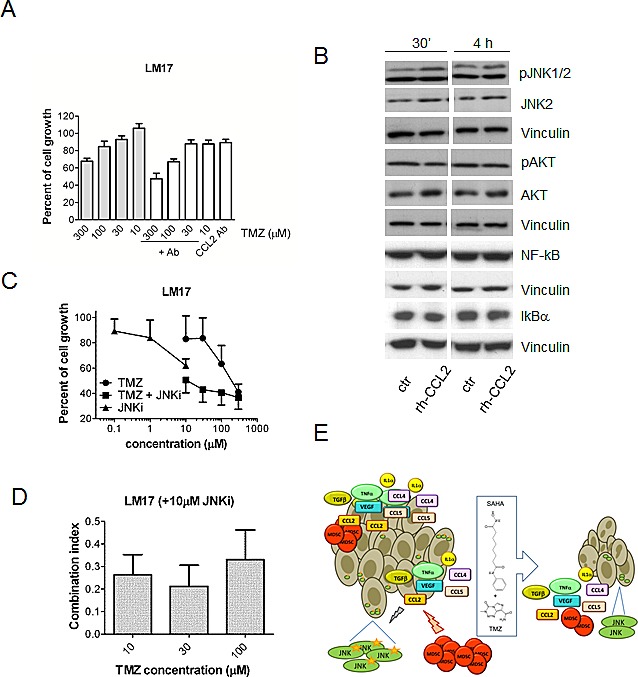Figure 6. Role of CCL2 in response to treatment with temozolomide, SAHA or their combination in human melanoma cells.

(A) Effect of a 30 min pre-treatment with the anti-CCL2 antibody (5 μg/ml) on sensitivity of LM17 cells to temozolomide (TMZ, cell growth inhibition assays, 72 h exposure). Statistically significant difference (by Kruskal-Wallis test, KWT) was observed between antibody (Ab)/TMZ and TMZ alone at 100 μM (KWT p-value: 0.020) and 10 μM (KWT P-value: 0.04). (B) Western blot analysis of JNK, phospho-JNK, NF-kB, IKBα, AKT and phospho-AKT in LM17 cells exposed to 20 ng/ml recombinant CCL2 (rh-CCL2) for 30 min or 4 h. Control loading is shown by vinculin. For phospho-JNK upper band, relative quantification mean values (± SD) of 3 independent experiments are: 1 (control 30'), 2 ± 0.2 (rh-CCL2 30'), 1 (control 4 h), 1.7 ± 0.3 (rh-CCL2 4 h). (C) Sensitivity of LM17 cells to the combination of the JNK inhibitor SP600125 and TMZ (cell growth inhibition assays, 72 h exposure). (D) Drug interaction between the JNK inhibitor SP600125 (10 μM) and TMZ as shown by combination index (CI) values. The mean values (± SD) of 3 independent experiments are reported. (E) Overview of the mechanism of the improved effect of the combination of temozolomide and SAHA in melanoma. The chemokines and the immunesuppressive cells present at the tumor site are shown together with the effect of treatment. CCL2 is capable of activating survival pathways in melanoma cells and inhibition of melanoma growth by temozolomide (TMZ)-SAHA co-treatment is achieved though suppression of CCL2-driven signals. Beside CCL2 down-regulation, modulation of additional factors appears to contribute to the improved antitumor efficacy.
